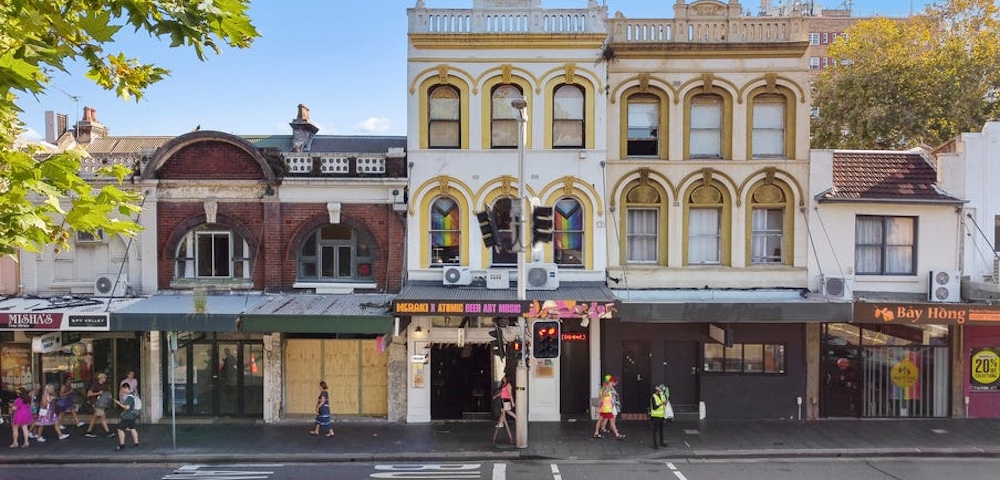
What is discrimination?
I thought I’d spend this week talking about discrimination as a legal concept. What the law will regard as discrimination, and therefore provide a remedy for, can be quite different from the commonsense understanding of the term.
Discrimination law is regulated in NSW by the Anti-Discrimination Act 1977 (NSW) and in the Federal sphere by a suite of legislation ranging from the Sex Discrimination Act 1984 (Cth) to Disability Discrimination Act 1992 (Cth). If you have been the victim of unlawful discrimination, you may either pursue a claim in the Federal jurisdiction (in which case you would lodge a complaint with the Human Rights and Equal Opportunity Commission) or the State jurisdiction (in which case you would lodge a complaint with the NSW Anti-Discrimination Board). You are generally precluded from bringing a claim in both the Federal and State level arising from the same conduct, so it is important to pick wisely whether you pursue a Federal or State claim. A number of factors will influence your decision, including: the process for determining a claim, remedies available and maximum levels of compensation allowed.
The types of unlawful discrimination recognised by both Federal and State legislation are similar. Anti-discrimination legislation recognises both direct discrimination and indirect discrimination. Direct discrimination occurs when you are treated differently and prejudicially because of the fact that you belong to a particular social group (e.g. race). Indirect discrimination is often more difficult to identify. Indirect discrimination occurs when a particular practice may appear on its face to be neutral, but in effect unfairly prejudices a particular social grouping. For example, a policy which disallows part-time work for all employees at a particular workplace will indirectly discriminate against women because they tend to bear the burden of family responsibilities.
In the context of the recent homophobic violence, it seems a little absurd to even talk about discrimination. We are often led to believe that a legal framework which regulates unlawful discrimination is an indication of an advanced liberal democracy. How often do we see snippets of media which decry human rights abuses in foreign countries? Don’t these demonstrations of sympathy with victims of human rights abuses overseas function to bolster our own superiority by implicitly celebrating our so-called enlightened status? However, recent events have shown that perhaps Australia isn’t so far ahead of the pack when it comes to protecting people’s human rights. When brutal attacks such as the recent bashing of Craig Gee and his boyfriend can elicit such lack of interest from State institutions, it leads me to question our human rights regulatory framework.
Correction: In last week’s column, I stated that Labor’s tranche of industrial relations reforms in February would contain an expanded Standard that would implement 10 minimum conditions for employees. I have since had it brought to my attention that in a media release dated 17 December and entitled Forward with Fairness Transitional Arrangements, the Hon. Julia Gillard stated that this legislative change would not commence until 2010. Apologies for any confusion caused.
Manoj Dias-Abey is a lawyer practising in one of Australia’s largest workplace relations law firms.
E: lawyer@ssonet.com.au









